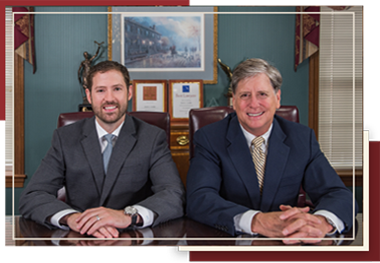Self-driving cars are a reality in many regions in the country. In Summer 2019, Virginia hosted LM Industries as a testing ground for automated automobiles. For many, a future of completely self-driving vehicles is within reach, but some safety concerns might set the industry back.
The Insurance Institute for Highway Safety (IIHS) recently released a study on self-driving cars. The researchers discovered that self-driving vehicles might not be as safe as necessary.
IIHS compared crash data to preventative capabilities
In nearly all car crashes, driver error plays a role. Car manufacturers push the idea that the technology in automated vehicles eliminates these errors to make roads safer. As companies ramp up testing of these cars, independent research becomes necessary.
The IIHS study examined data from over 5,000 vehicle crashes around the country. The research team sorted the mistakes that led to the crashes into five categories:
- Sensing and perceiving: These errors include distracted driving and impaired vision.
- Predicting: Several crashes occur when a driver fails to judge gaps in traffic or gauge the speed of another vehicle.
- Planning and deciding: These mistakes include speeding errors, aggressive driving and tailgating.
- Execution and performance: These errors include overcompensation during correction and poorly executed evasive maneuvers.
- Incapacitation: A very human category, these mistakes include driving under the influence, medical emergencies and falling asleep while driving.
Researchers assumed the perceptive equipment on an automated vehicle could avoid sensory errors, which cause 24% of crashes, and errors committed by incapacitated drivers, an additional 10%. The other driver errors involve prediction, planning and split-second adjustments, all of which an automated vehicle cannot reliably perform.
Consider the March 2018 case of Elaine Herzberg. Elaine walked her bike across an intersection in Arizona as an automated Uber test vehicle approached. The vehicle failed to respond to her crossing the intersection, struck Elaine and killed her.
An uncertain legal future
The IIHS maintains that manufacturers still have a long way to go if self-driving vehicles can only prevent one-third of crashes. Research scientist Alexandra Mueller says the results make it clear that designers must “prioritize safety over rider preferences.” The legal landscape of these vehicles lacks definition, but independent studies from organizations like the IIHS will help regulators build those foundations.


